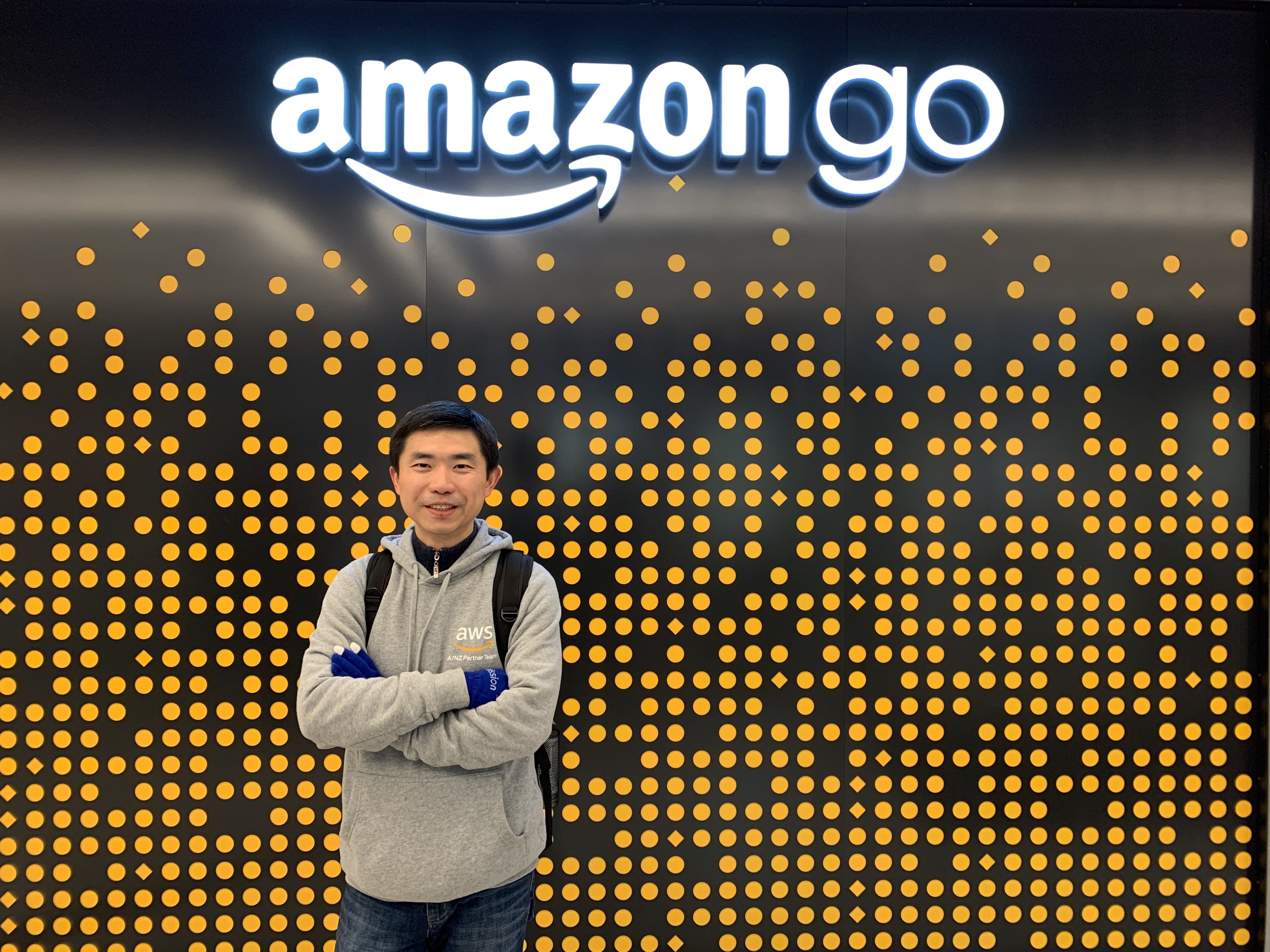Post Syndicated from Elise Chahine original https://aws.amazon.com/blogs/architecture/author-spotlight-rostislav-markov-principal-architect-in-strategic-industries/
The Author Spotlight series pulls back the curtain on some of AWS’s most prolific authors. Read on to find out more about our very own Rostislav Markov’s journey, in his own words!
At Amazon Web Services (AWS), we obsess over customers, and this drives our daily operations. As an architect, I always look for innovative solutions to common problems our AWS users face. One of my favorite things about my work is the opportunity to influence our services roadmap by taking feedback from our customers. Every topic I write about comes from my work with AWS customers and our service teams.
Since joining in 2017, I have worked on projects ranging from Cloud Foundations to migration and modernization, to new development initiatives. I worked with companies in automotive, banking and insurance, chemicals, healthcare and life sciences, manufacturing, media and entertainment. Throughout my journey, I have observed first-hand that every company—big and small—has its own journey to the cloud, and there are always common patterns from one experience to the next. The good news is if you face a challenge, chances are somebody has already experienced the same difficulty and found a solution. This is why I love reading about common patterns in the AWS Architecture Blog.
In 2020, my AWS journey took me from Munich, Germany, to New York, US, where I currently live. I still visit my first AWS customers but, now, in their US offices, and have meanwhile worked with many other companies. After 5 years in AWS, I am still constantly learning about our services and innovative solutions for multiple industry issues. Occasionally, I write about them on the AWS Architecture Blog or present at our public conferences.
One of my favorite moments was 4 years ago at the AWS Summit Berlin. I presented together with Kathleen DeValk, former Chief Architect at Siemens, about IoT at Siemens and designing microservices for very large scale. This year, I was back on stage with Christos Dovas, Head of Cloud-Native Automation at BMW Group, talking about BMW’s journey to DevOps.
What’s on my mind lately
My current focus at work is on modern application principles. I work with AWS customers on elevating their application deployment standards and creating solutions for common enterprise use cases in strategic industries. I look forward to writing more blogs on those and many other topics—stay tuned!
My favorite blog posts
Queue Integration with Third-party Services on AWS
I wrote this blog post in 2021 while working with scientific research teams in healthcare and life sciences. It addresses third-party services that do not natively support AWS APIs and best practices, such as polling, that require a fault-tolerant integration layer.
As Werner Vogels, CTO of Amazon, said at AWS re:Invent in 2019, “Everything fails, all the time.” In this solution, the RunTask API was used to explain how retry and error handling can be added to your application.
Special thanks go to Sam Dengler, former Principal Developer Advocate with the AWS Compute Services team, who helped me find the right focus for this blog post, and from whom I still learn today.
Save time and effort in assessing your teams’ architectures with pattern-based architecture reviews
This post summarized my lessons working with 500 developers of a global industrial manufacturing company. Their IoT solution had to go live within 6 months, but they did not have prior AWS experience.
By using a pattern-based approach to architecting and building applications, we were able to complete the reviews within 2 weeks and make the architecture reviews fun, inspiring, and a team-based experience.
I have reused this pattern-based development approach on the majority of my projects, including the one I am currently working on: deciding on the V1 AWS design patterns with the data center exits of a large life sciences company. If you are curious and want to learn more, explore the AWS whitepaper on Cloud-Driven Enterprise Transformation on AWS.
Point-in-time restore for Amazon S3 buckets
One of the best things about working with AWS is receiving meaningful customer feedback all the time and having the means to act on it. This blog post is an example of customer feedback in manufacturing, media, and entertainment industries using one of my favorite AWS services—Amazon Simple Storage Service (Amazon S3).
Customers requested a simple way to do point-in-time restoration at the bucket level. My colleague, Gareth Eagar, Senior Solutions Architect, and I worked with the service team to influence the service roadmap and published a solution with this blog post.
I love going back to basics, here with Amazon S3 versioning, and learning more about our foundational services, while having a ton of fun with my colleague along the way.









